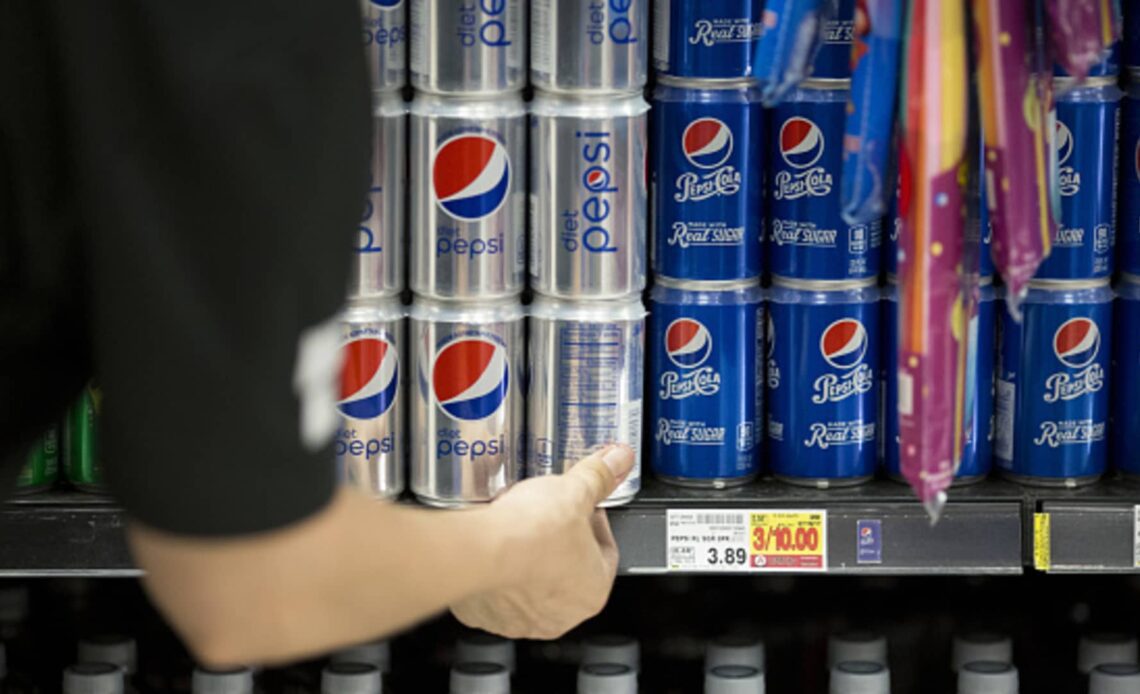A worker organizes cans of PepsiCo Inc. soda on a shelf inside a grocery store in Phoenix, Arizona, U.S., on Thursday, July 6, 2017. PepsiCo Inc. is scheduled to release earnings figures on July 11. Photographer: Caitlin O’Hara/Bloomberg via Getty Images
Bloomberg | Bloomberg | Getty Images
If you listen to third-quarter corporate earnings calls, it might seem like everyone is taking weight-loss drugs.
Delta Air Lines, PepsiCo, Philip Morris International and Darden Restaurants are just some of the companies that faced questions from analysts about how the drugs are affecting their bottom lines. Executives are mostly brushing off the effects, saying it’s too early to quantify any real changes. Some – like Hershey, Conagra and Nestle – are assuring investors they’ll adapt, if necessary.
While some analysts are making sweeping claims about how obesity drugs will reshape the industries they cover, the medicines are still in the early days. It’s not yet clear how many people will actually take them and for how long, or what long-term effect they will have on food producers, restaurants and other industries.
Known as GLP-1s, the drugs were first approved for diabetes and are now also being used for obesity. Demand has spiked, as Novo Nordisk can no longer make enough of its drug Wegovy to keep up.
But even so, only a sliver of eligible people are actually taking the drugs at this point, said Goldman Sachs analyst Chris Shibutani.
That number could rise to 13% of the roughly 100 million Americans with obesity by the end of the decade, Shibutani estimates, which would translate to about $100 billion in sales. The actual total could end up being higher or lower depending on multiple factors, including one especially important one: how long people stay on the drugs.
Hershey’s and other brands of chocolate bars.
Dondi Tawatao | Reuters
That question “is very much at the forefront of thinking about the size of the market, as well as what might be the material changes that we see in other industries that might be affected, such as food and beverage industries, consumption, even the competition for discretionary spending and luxury goods,” Shibutani said.
A month’s supply of Wegovy costs around $1,400, and insurance coverage varies, a lofty expense for many potential users. Wegovy and similar drugs can also cause some unpleasant side effects like vomiting and diarrhea that can turn some people off.
Only about one-third of people who start the drugs still take…
Click Here to Read the Full Original Article at Top News and Analysis (pro)…


